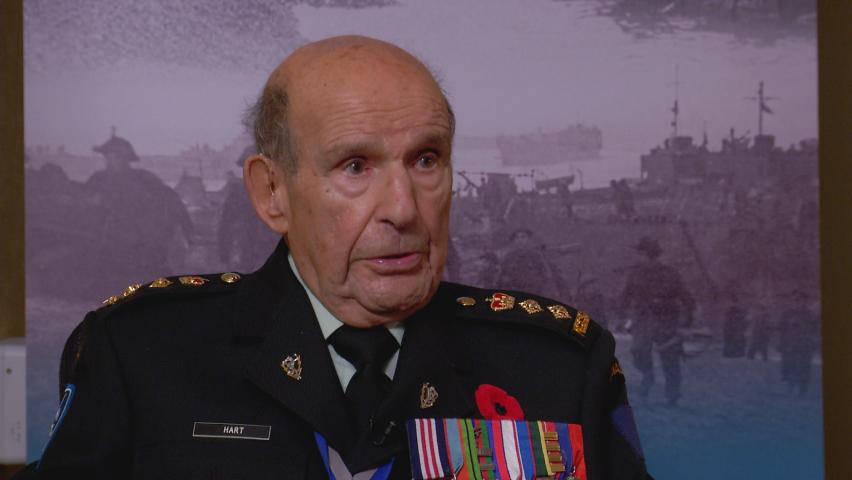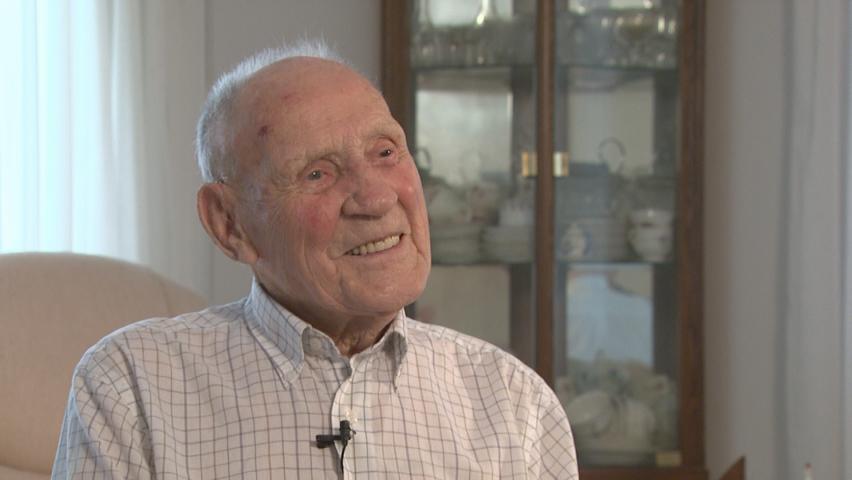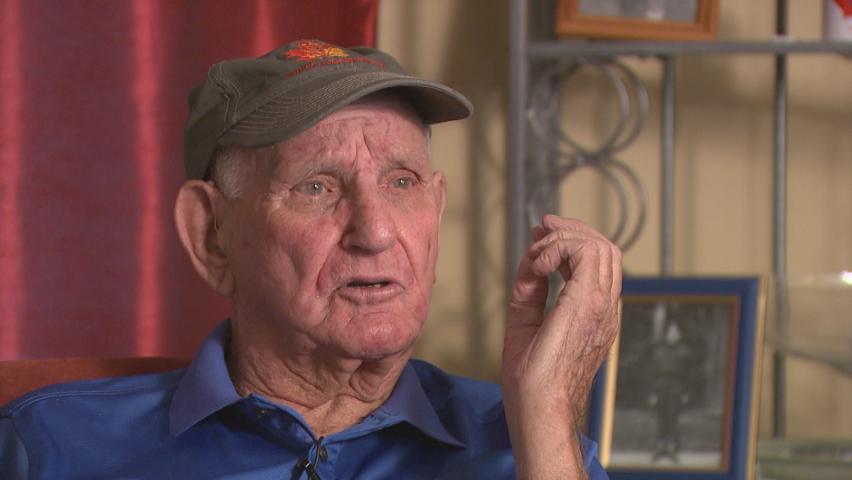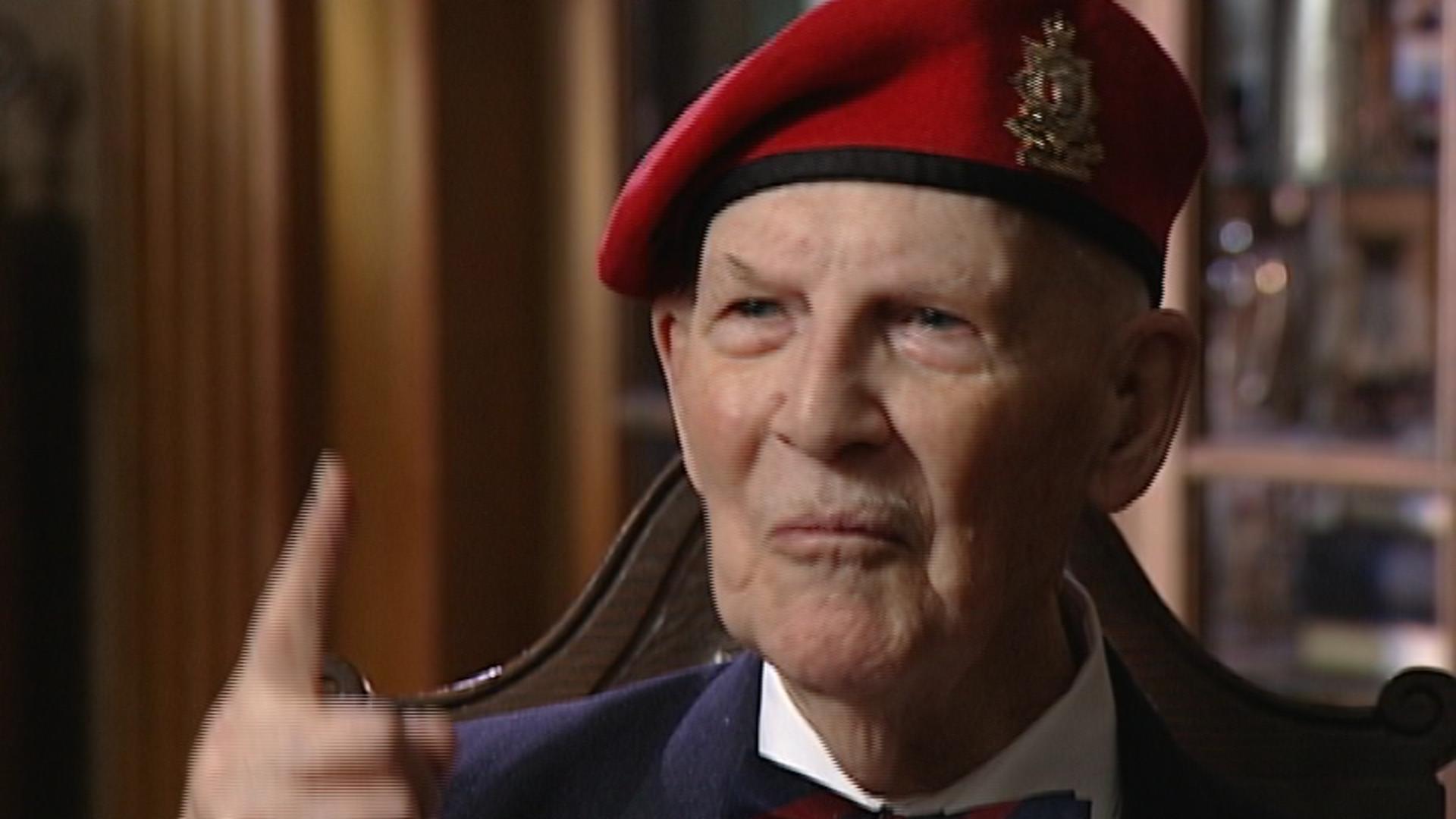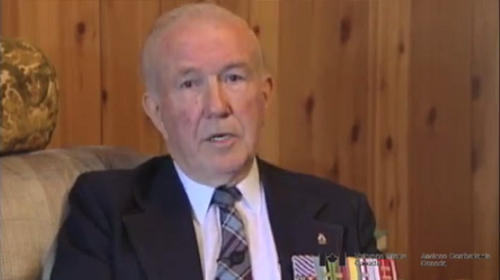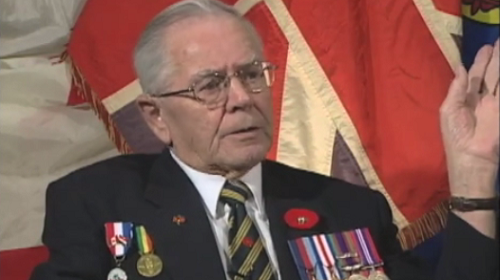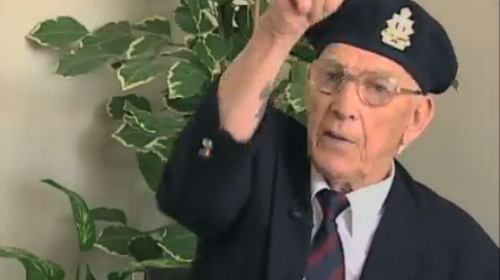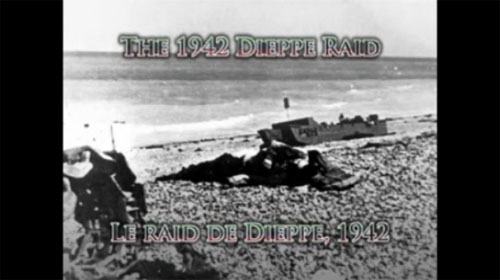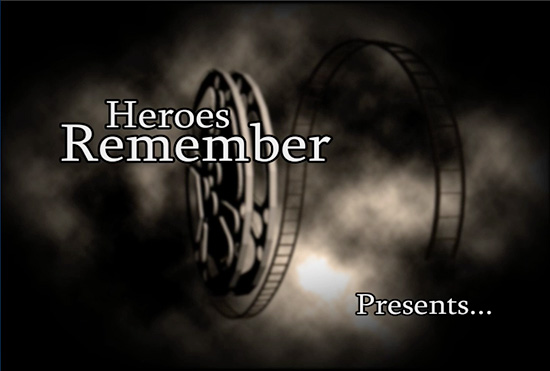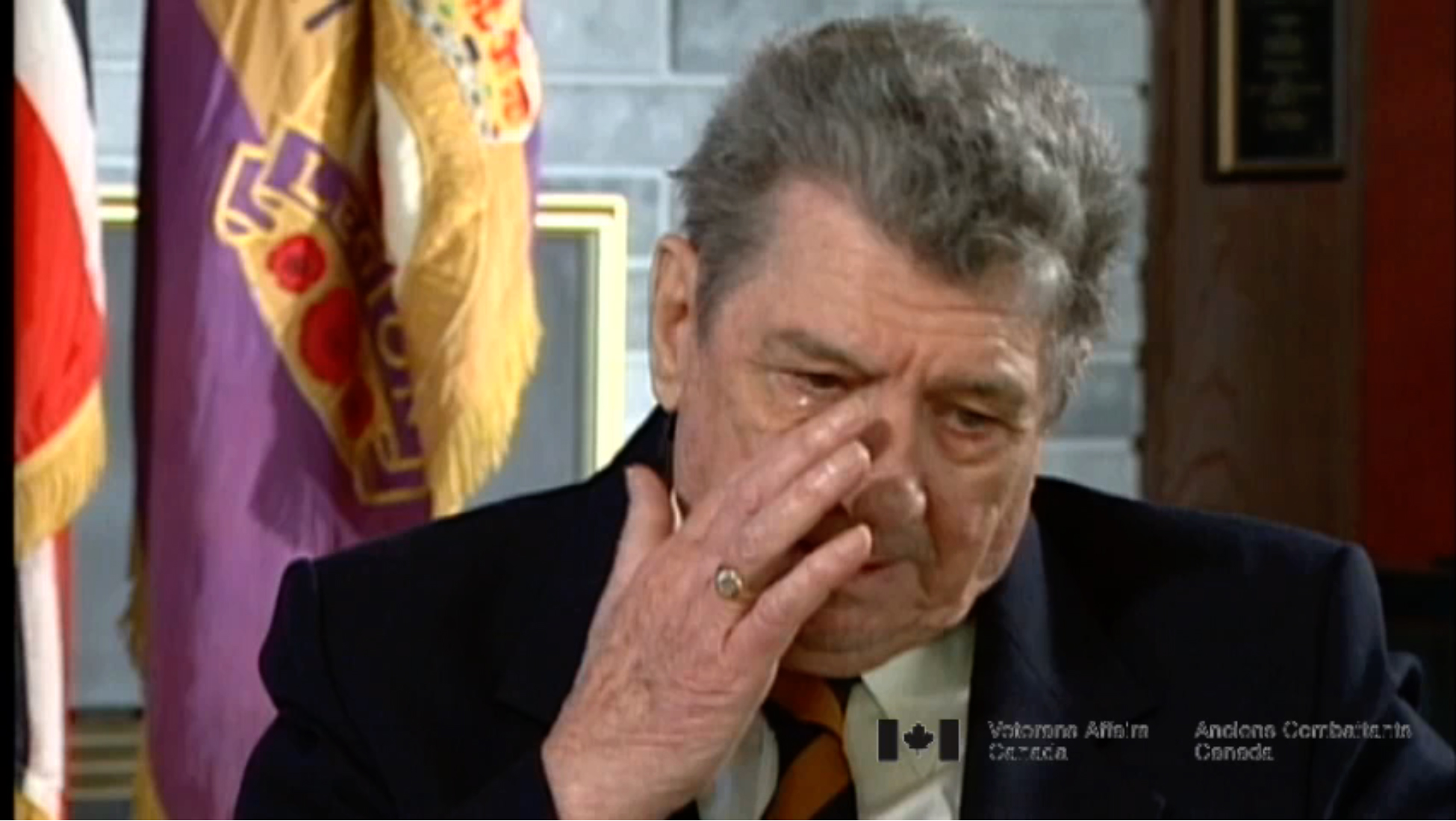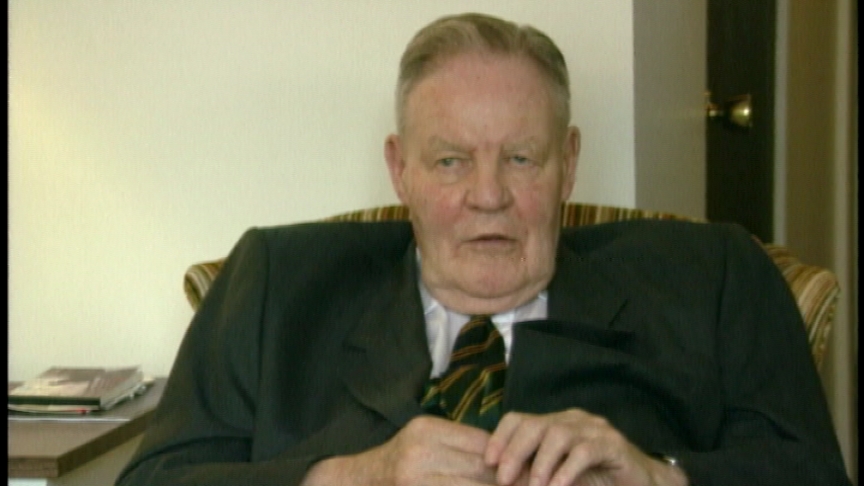Return from Dresden
Heroes Remember
Return from Dresden
This video format is not currently supported!
Transcript
And I found that my radar set, one of them, the G set was not
working properly when I turned it back on again on the way
home and I figured that what was happening was that the Germans
had discovered the frequency they were transmitting the signal
on and were distorting my G range. So I quickly found that we
were running about 30 minutes late by then and we were running
out of fuel. It was a long trip. It was 9 hours and 50 minutes
and our total range was barely 10 hours with the fuel that we
carried - 2,154 imperial gallons including our wing tanks,
the wingtip tanks. So we were kibitzing on the way back as to
whether we would make it back to base or whether I'd have to
divert to another airdrome. I figured that if we'd run out of
fuel some place over East Langley, and there are no airfields
around there that were big enough to take our plane. So somebody
suggested that we all pass our cigarette lighters up to the
flight engineer and let him ring out the gas and see if that
would help. But this was typical of the attitude that we had,
we were kibitzing all the time. But as we flew away from the
target that night, about 30 minutes from Dresden on the
return flight, the rear gunner called up and he said,
"Guys, you better have a look out of stern."
Well I popped my head up in the radar, or the astrodome
which was up above the level of the fuselage and looked out of
stern and could see a pink glow and I watched it for about
five minutes and the pink glow turned to tons of flame that lit
through the clouds and those clouds were at 18,000 feet and
that firestorm in 30 minutes was reaching over 20,000 feet,
the tons of flame that, that were from the fire which was started
by the chemicals in the Farben plant and the incidental
spreading of the fire by distortion of the, the new target, etc.
that had been lit up by the Germans.
Description
Mr. Couse talks about the flight back after bombing Dresden and being able to see the flames from Dresden at 20,000 feet.
Merv Couse
Mr. Merv Couse was born in Toronto, Ontario in 1923. He enrolled in the Air Force in 1942, trained in Canada as a navigator and was sent overseas to England for further training with the Commonwealth Air Training Plan. He took part in 30 sorties, one of them being Dresden, Germany. After the 30th sortie he and the rest of his crew were given leave and immediately went to London where they stayed until the war was over.
Meta Data
- Medium:
- Video
- Owner:
- Veterans Affairs Canada
- Duration:
- 02:31
- Person Interviewed:
- Merv Couse
- War, Conflict or Mission:
- Second World War
- Location/Theatre:
- Europe
- Branch:
- Air Force
- Units/Ship:
- 626 Squadron
- Rank:
- Commissioned Officer
- Occupation:
- Navigator
Related Videos
- Date modified:



